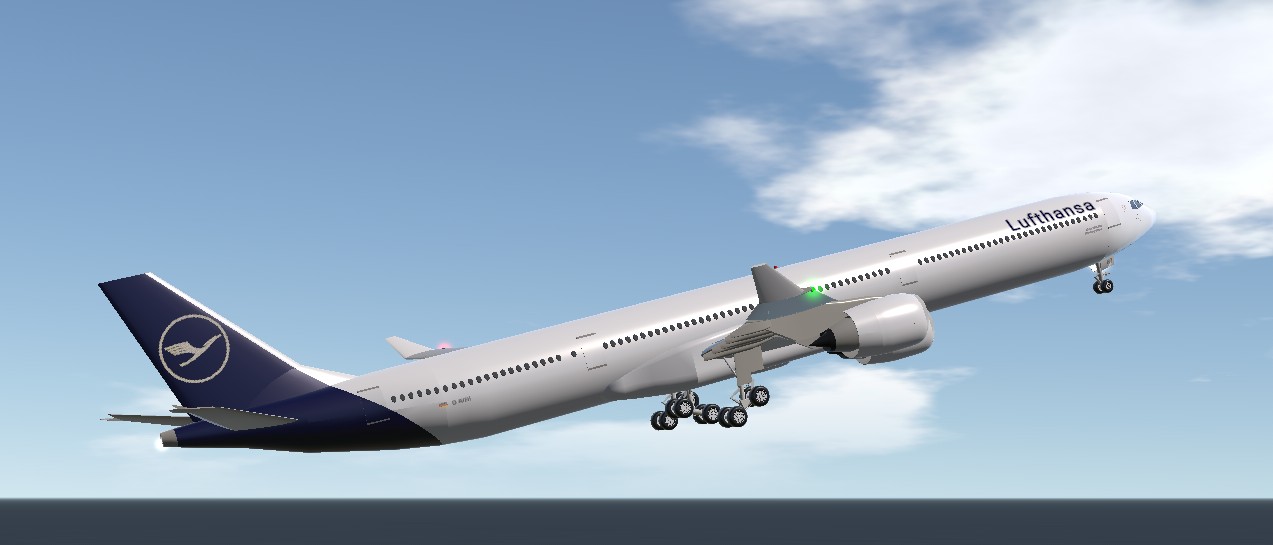
Farewell, A340-600.
Thanks to GalacticaAsia for the plane.
Airplane
Also, some logos were created using this site.
The Airbus A340 is a long-range, wide-body passenger airliner that was developed and produced by Airbus. In the mid-1970s, Airbus conceived several derivatives of the A300, its first airliner, and developed the A340 quadjet in parallel with the A330 twinjet. In June 1987, Airbus launched both designs with their first orders, and the A340-300 took its maiden flight on 25 October 1991. It was certified along with the A340-200 on 22 December 1992 and both versions entered service in March 1993 with launch customers Lufthansa and Air France. The larger A340-500/600 were launched on 8 December 1997; the A340-600 flew for the first time on 23 April 2001 and entered service on 1 August 2002.
Designed to replace early-generation Boeing 747-200/300 airliners, the A340-600 can carry 379 passengers in a three-class cabin layout for 13,900 km (7,500 nmi; 8,600 mi). It provides a passenger capacity similar to a 747 but with 25 per cent more cargo volume and lower trip and seat costs. The first flight of the A340-600 was made on 23 April 2001. Virgin Atlantic began commercial services in August 2002. The variant's main competitor is the 777-300ER. The A340-600 was replaced by the A350-1000.
The A340-600 is 12 m (39 ft 4.4 in) longer than a −300, more than 4 m (13 ft 1.5 in) longer than the Boeing 747-400 and 2.3 m (7 ft 6.6 in) longer than the A380, and has two emergency exit doors added over the wings. It held the record for the world's longest commercial aircraft until the first flight of the Boeing 747-8 in February 2010. The A340-600 is powered by four 250 kN (56,000 lbf) thrust Rolls-Royce Trent 556 turbofans and uses the Honeywell 331–600[A] APU. As with the −500, it has a four-wheel undercarriage bogie on the fuselage centre-line to cope with the increased MTOW along with the enlarged wing and rear empennage. Upper deck main cabin space can be optionally increased by locating facilities such as crew rest areas, galleys, and lavatories upon the aircraft's lower deck. In early 2007, Airbus reportedly advised carriers to reduce cargo in the forward section by 5.0 t (11,000 lb) to compensate for overweight first and business-class sections; the additional weight caused the aircraft's centre of gravity to move forward, thus reducing cruise efficiency. Affected airlines considered filing compensation claims with Airbus.
The A340-600HGW (High Gross Weight) version first flew on 18 November 2005 and was certified on 14 April 2006. It has an MTOW of 380 t (840,000 lb) and a range of up to 14,630 km (7,900 nmi; 9,090 mi), made possible by strengthened structure, increased fuel capacity, more powerful engines, and new manufacturing techniques like laser beam welding. The A340-600HGW is powered by four 61,900 lbf (275 kN) thrust Rolls-Royce Trent 560 turbofans. Emirates became the launch customer for the −600HGW when it ordered 18 at the 2003 Paris Air Show; but postponed its order indefinitely and later cancelled it. Rival Qatar Airways, which placed its order at the same airshow, took delivery of only four aircraft, with the first aircraft on 11 September 2006. The airline has since let its purchase options expire in favour of orders for the Boeing 777-300ER.
As of March 2024, there were 33 A340-600s in service with nine airlines worldwide.
(From Wikipedia)
Thank you for watching.
I'm using a translation. Apologies if there are any mistakes.

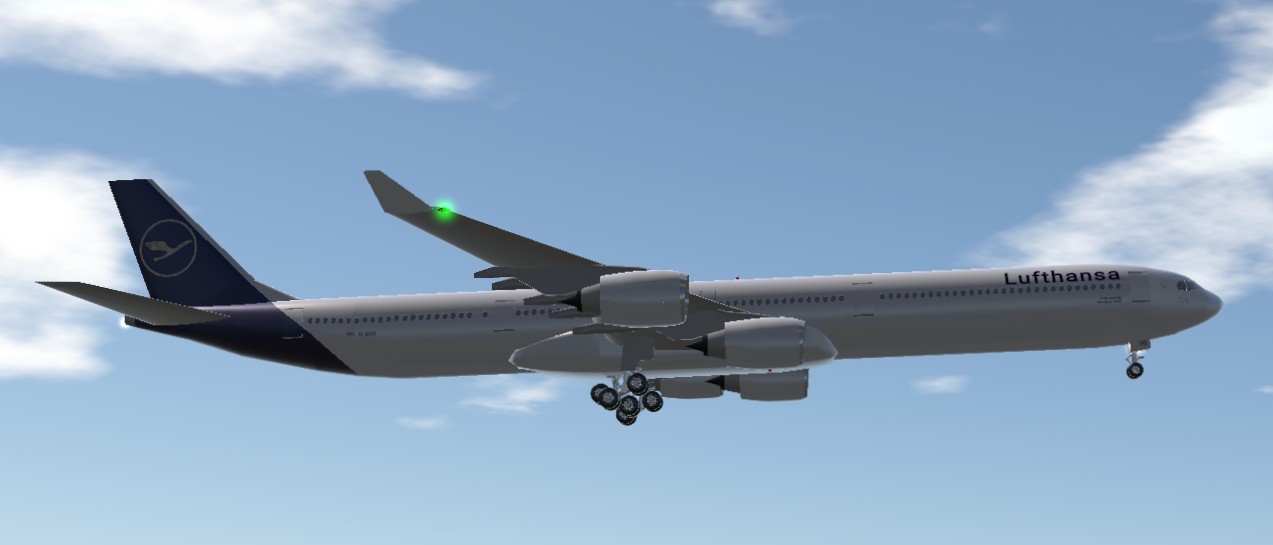
Specifications
Spotlights
- DJRianGamer2009 31 minutes ago
General Characteristics
- Predecessor A340-600
- Created On Android
- Wingspan 208.2ft (63.5m)
- Length 245.9ft (74.9m)
- Height 56.6ft (17.3m)
- Empty Weight N/A
- Loaded Weight 192,212lbs (87,186kg)
Performance
- Power/Weight Ratio 0.772
- Horse Power/Weight Ratio 0.031
- Wing Loading 33.5lbs/ft2 (163.4kg/m2)
- Wing Area 5,742.5ft2 (533.5m2)
- Drag Points 19905
Parts
- Number of Parts 660
- Control Surfaces 9
- Performance Cost 4,125

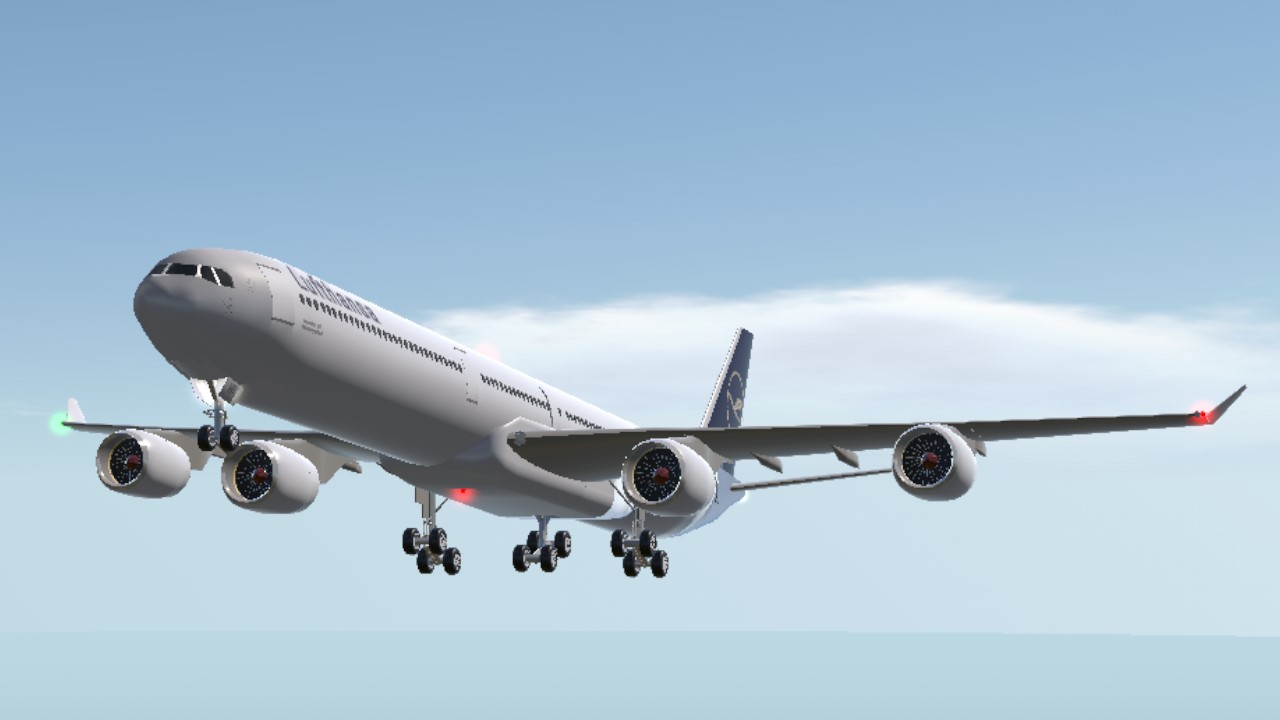

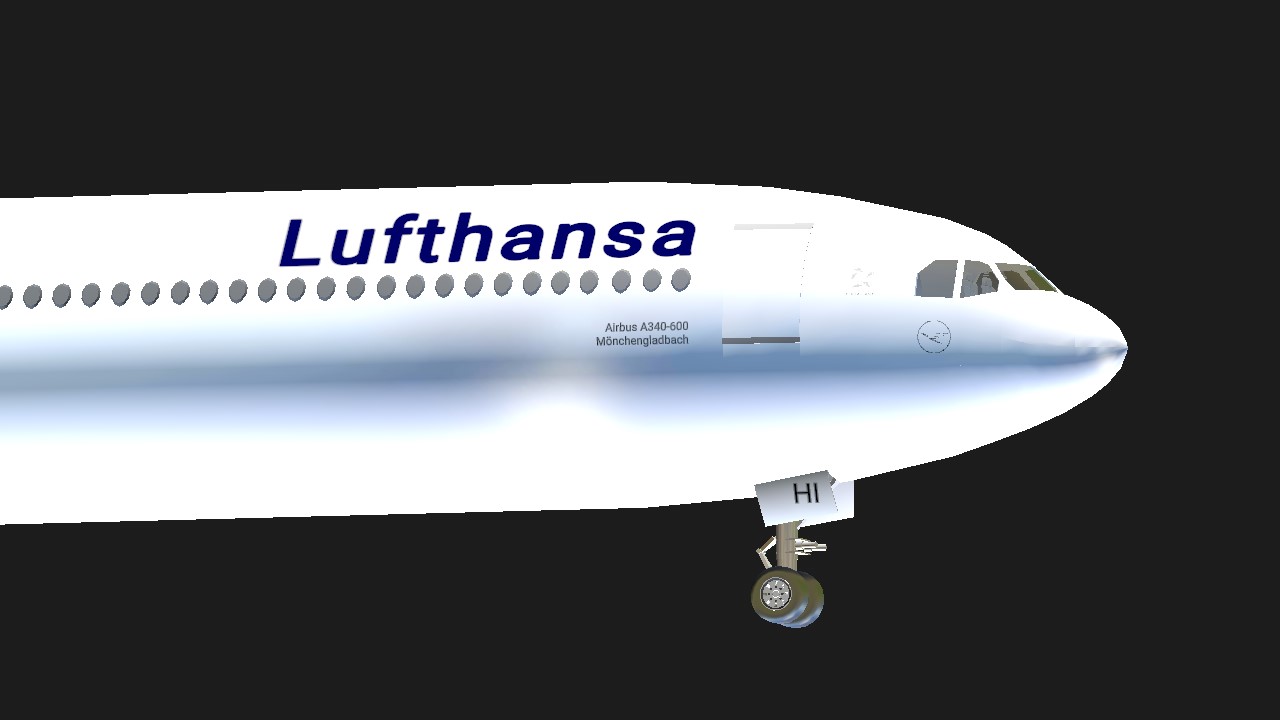
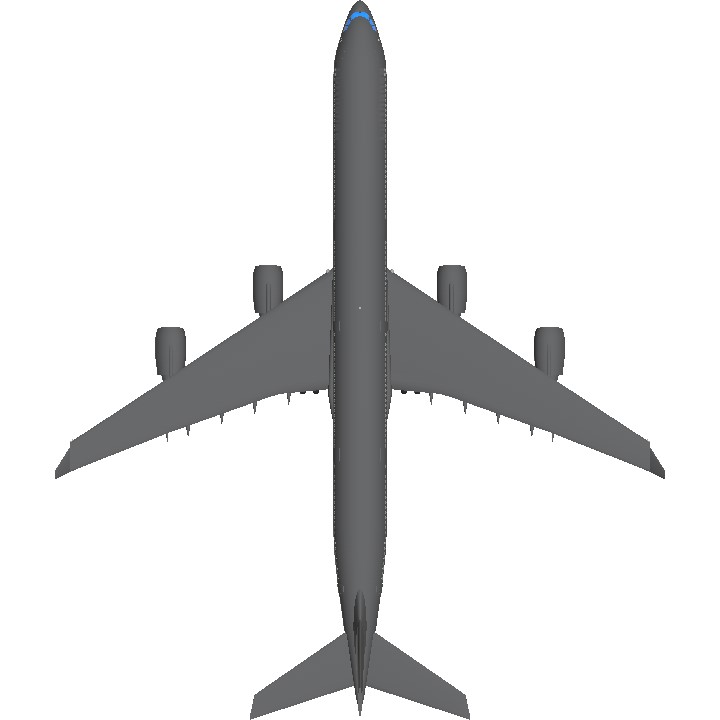
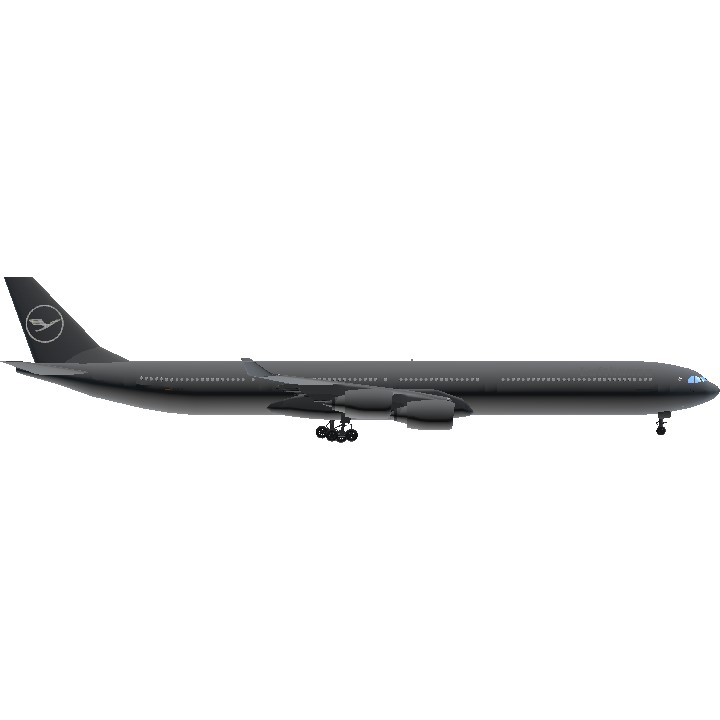
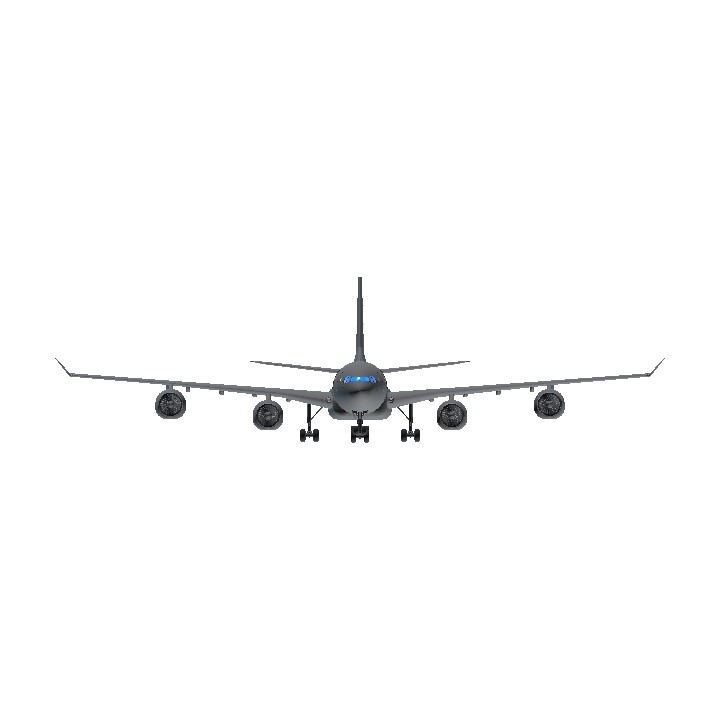
@DJRianGamer2009 We may also do some livery on the A340-600, though we haven't decided what yet.
I also made 2 A340-600 liveries from 2023 (kinda).
Lufthansa
JAL (fictional aka cursed)
I KNEW YOU COULD MAKE AN A340-600 LIVERY! Imo, it's better than the -200/-300.